A serial connection is when components are connected along a single path. A parallel connection is when components are connected along multiple paths.
There are three kinds of connections of an electrical circuit or electronic circuit: serial connection, parallel connection, and series-parallel (combination circuit).
The two that occur most are the easiest: serial connection, parallel connection.
If we take Led lights, for example, they can be connected in a parallel or serial connection.
Serial Connection
LEDs that are connected in a series, are connected along a single conductive way, so the same current runs through all of the components but voltage are lost over each of the LEDs.
In a series circuit, the sum of the voltages used by each unique resistance is equivalent to the source voltage.
A serial connection is required with LED lighting if you use a current-controlled power supply. For example, 350mA, 500mA, 700mA, and 1050mA.
Parallel Connection
By using a parallel connection the voltage is split up and each LED is applied the same amount of voltage.
If you use a circuit with just LEDs connected in series it’s a serial connection and if you connect them in a parallel way that’s known as a parallel circuit.
A parallel connection is required with LED lighting if you use a voltage power feed. For example, 12V, 24V, 110V and 220V
Combination Circuit
The combination circuit uses a combination of parallel and serial connections in the same circuit.
Two lamps are connected by a serial connection and the other two or connected by a parallel connection.
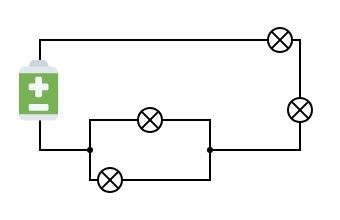
What connection to use depends on what kind of power source you are using.
To avoid LEDs breaking down you must use the right connection type.
Let’s take an example to make things easier.
Consider a circuit consisting of four LED light bulbs and a 12-volt battery. If a wire runs the battery to one bulb, to the next bulb, to the next bulb, to the next bulb, and then back to the battery in one unbroken loop, the bulbs are said to be in series connection. Example below.
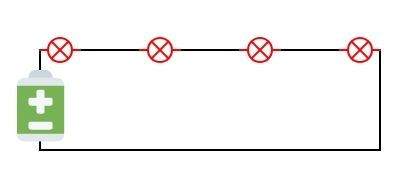
But if each LED bulb is wired to the battery in a separate loop, the bulbs are said to be in parallel connection.
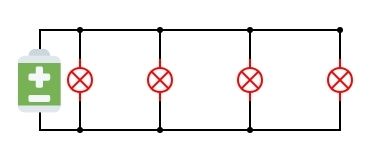
What happens if one LED breaks in a parallel or serial connection?
With a parallel connection, the rest of the LEDs continue to operate even if one of the LEDs burn out, – The circuit stays intact.
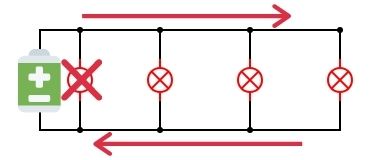
In a serial connection, the current can’t continue and the LEDs are turned off.
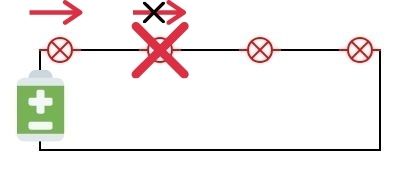
So whenever at least one LED is broken, the circuit is interrupted. The broken LED can no longer conduct the current so that all LEDs on the circuit break down.
One great thing about modern LEDs is that some of them are built smart and they are protected against this problem, they have a built-in bridge that allows the current to flow through to the other LEDs if one breaks down, so your lights won’t fully go out if one of the LEDs fails.
